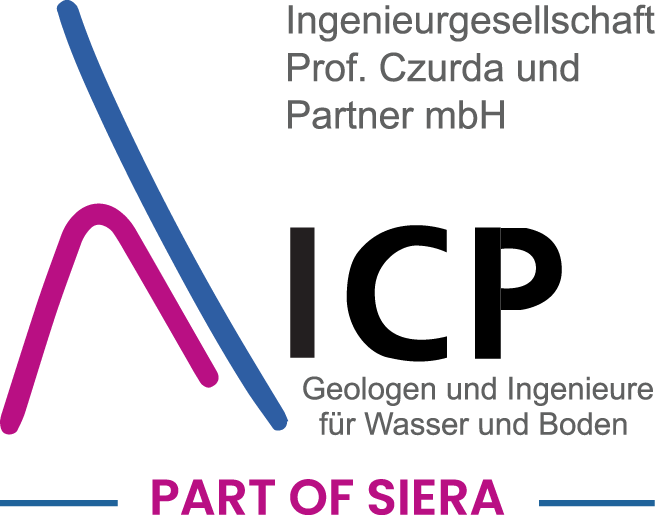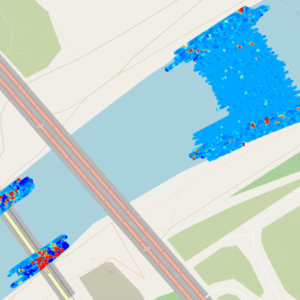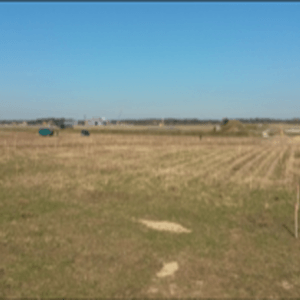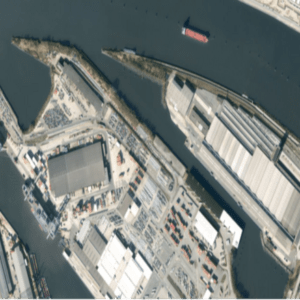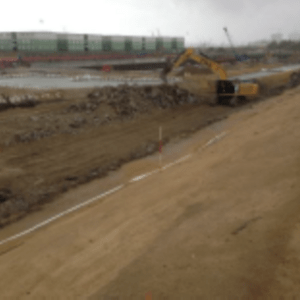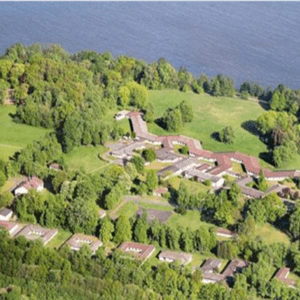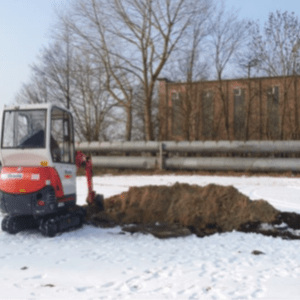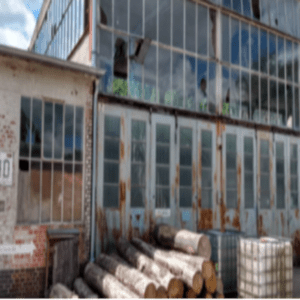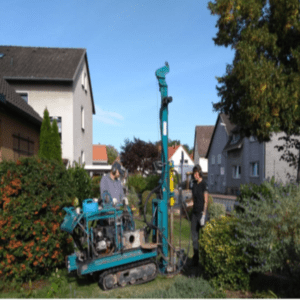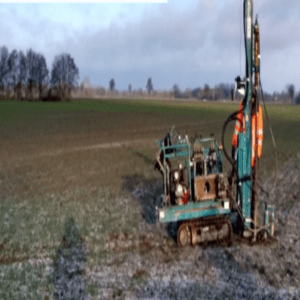Project details
Period: since 2017
Field of activity: Explosive ordnance disposal
Scope of services:
- Evaluation of available basic data, HgR, aerial photo evaluations and construction documents incl. deficit analysis
- Planning of test field investigations for subsequent KMR measures of phases B and C according to BFR KMR
- Creation of a project GIS for the documentation of all CMM measures and their
Results incl. update
- Development of a KM exploration concept for preliminary test field investigations on water and land surfaces (including Cs vapour sensors, TDEM methods, sonar and echo sounder)
- Drawing up of the performance specification and the bill of quantities incl.
Cost estimation and transfer in GAEB format
- Quality control and local construction supervision
- Technical construction management to support the client
- Evaluation and analysis of the sounding data
- Development of recommendations for KM exploration in the run-up to the planned construction measures on the basis of the test field exploration results.
In the course of the replacement of the old Levensau High Bridge and the extension of the Kiel Canal (NOK) from km 93.2 to 94.2, the existing navigation channel is to be widened by receding the banks and dredging the beds. In preparation, geophysical investigations are to be carried out in the section of the canal in order to
- Undetonated drop munitions of the Second World War as individual anomalies
- Explosive ordnance from munitions sinkholes as individual anomalies or as possible
Load areas
- detect and identify scrapped or other areas that cannot be evaluated.
The investigation services and subsequent salvage services are to be put out to tender by the Federal Waterways and Shipping Administration (WSV). The investigation area is mostly under water and covered with armourstone containing iron silicate. The bank area from the water change zone to the shoulder of the embankment is designed as a paved area of armourstones (granite) with a backfill of slag rock on top. The planning of the test field soundings foresees the use of different echosounder and sonar methods to explore the water bottom. Subsequently, geomagnetic surface soundings using total field magnetometers and underwater TDEM soundings will be carried out. The comparison of all available results will provide reliable information on the applicability of the individual methods and their limitations. The measurement data from the 2019/2020 soundings are currently being analysed in detail.
